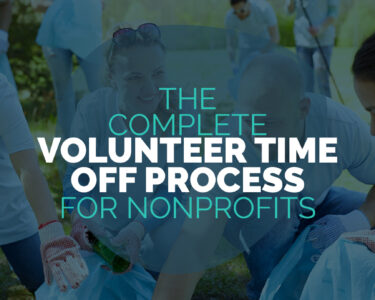In the realm of philanthropy, a pivotal decision for founders is determining the lifespan of their foundation: should it operate indefinitely or conclude after a set period? This choice profoundly influences the foundation’s impact and legacy.
Sunsetting Foundation. Opting for sunsetting foundations entails setting a predetermined endpoint for its operations. This approach offers several advantages:
- Immediate Impact: By allocating resources over a defined timeframe, sunsetting foundations can address pressing issues more robustly, potentially leading to significant change within a shorter period. This strategy allows philanthropists to witness the tangible results of their contributions during their lifetimes, providing a sense of fulfillment and urgency in tackling societal challenges.
- Alignment with Donor Intent. A limited lifespan ensures that the foundation’s activities remain closely aligned with the founder’s original vision, reducing the risk of mission drift over time. This structure allows donors to maintain control over their philanthropic endeavors, ensuring that their values and objectives are upheld throughout the foundation’s existence.
- Operational Focus. With a clear endpoint, sunsetting foundations can maintain a concentrated strategy, fostering decisive action and efficient use of resources. This focus enables foundations to target specific issues with precision, maximizing their impact within the allotted timeframe.
However, sunsetting foundations also face certain challenges:
- Finite Support. Beneficiaries and causes lose a source of funding once the foundation concludes its operations, which can be challenging for initiatives requiring long-term support. This limitation necessitates careful planning to ensure the sustainability of funded programs beyond the foundation’s lifespan.
- Pressure on Execution. The limited timeframe may lead to rushed decisions or insufficient time to assess the long-term impact of funded programs. This urgency can result in less thorough evaluations and a potential lack of adaptability to changing circumstances.
Perpetual Foundations. In contrast to a sunsetting foundation, choosing a perpetual foundation means establishing an entity designed to operate indefinitely. This model presents its own set of advantages:
- Sustained Support. Operating indefinitely allows for ongoing assistance to causes, providing stability for long-term initiatives. This enduring support is crucial for addressing complex societal issues that require continuous attention and resources.
- Legacy Preservation. A perpetual foundation can serve as a lasting testament to the founder’s values, engaging successive generations in philanthropic endeavors. This structure fosters a culture of giving within families, encouraging descendants to uphold and advance the founder’s mission.
- Adaptability. With no set end date, foundations can adjust their strategies to address evolving societal challenges over time. This flexibility allows foundations to remain relevant and responsive to emerging needs and opportunities.
Nevertheless, perpetual foundations must navigate certain challenges:
- Risk of Mission Drift. Over time, there’s a possibility that the foundation’s activities may deviate from the founder’s original intent, especially as leadership changes. This risk underscores the importance of establishing clear governance structures and guidelines to preserve the foundation’s core mission.
- Resource Constraints. The commitment to preserving the endowment can limit the foundation’s ability to respond robustly to immediate needs. Balancing the desire for perpetuity with the necessity of impactful giving requires careful financial planning and stewardship.
- Administrative Burden. Maintaining perpetual operations requires ongoing governance and administrative efforts, which can become complex over time. This complexity may lead to increased operational costs and potential bureaucratic challenges.
In his book The Givers: Wealth, Power, and Philanthropy in a New Gilded Age, David Callahan delves into the motivations and strategies of modern philanthropists. He highlights that many of today’s mega-donors prefer to see the tangible results of their contributions within their lifetimes, leading them to favor sunsetting foundations. This approach allows them to tackle urgent issues with concentrated resources, ensuring their philanthropic vision is realized promptly.
Conversely, some philanthropists opt for perpetual foundations to create a lasting legacy. Callahan notes that while this model offers sustained support, it also necessitates robust governance structures to prevent mission drift and ensure the foundation remains true to its original purpose over time.
Ultimately, the decision between establishing a sunsetting foundation or a perpetual foundation hinges on the founder’s objectives, the nature of the issues they wish to address, and their desired legacy. By carefully considering these factors, philanthropists can structure their foundations to maximize impact and ensure alignment with their philanthropic goals.
Ellis Carter is a nonprofit lawyer with Caritas Law Group, P.C., licensed to practice in Washington and Arizona. Ellis advises nonprofit and socially responsible businesses on federal tax and fundraising regulations nationwide. Ellis also advises donors concerning major gifts. To schedule a consultation with Ellis, call 602-456-0071 or email us through our contact form.
👇Follow more 👇
👉 bdphone.com
👉 ultractivation.com
👉 trainingreferral.com
👉 shaplafood.com
👉 bangladeshi.help
👉 www.forexdhaka.com
👉 uncommunication.com
👉 ultra-sim.com
👉 forexdhaka.com
👉 ultrafxfund.com
👉 bdphoneonline.com
👉 dailyadvice.us




